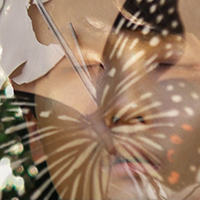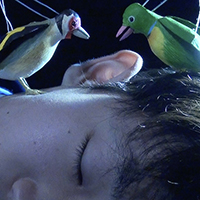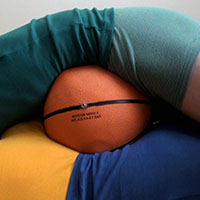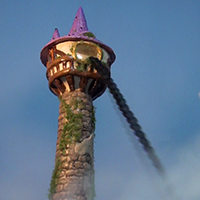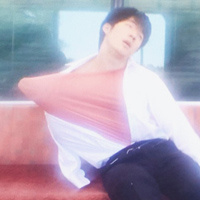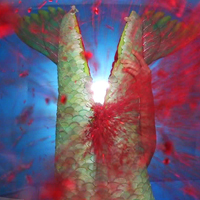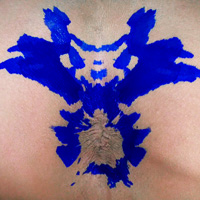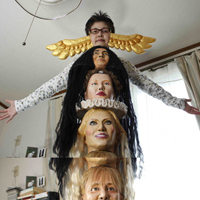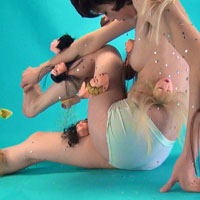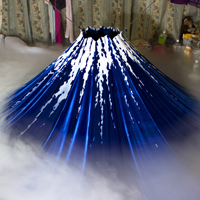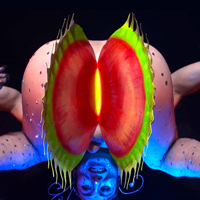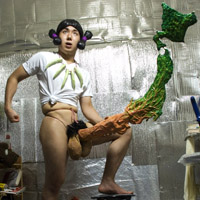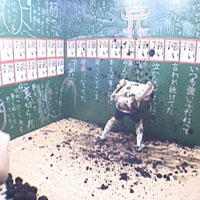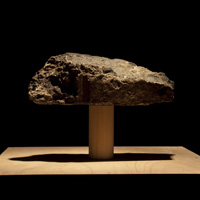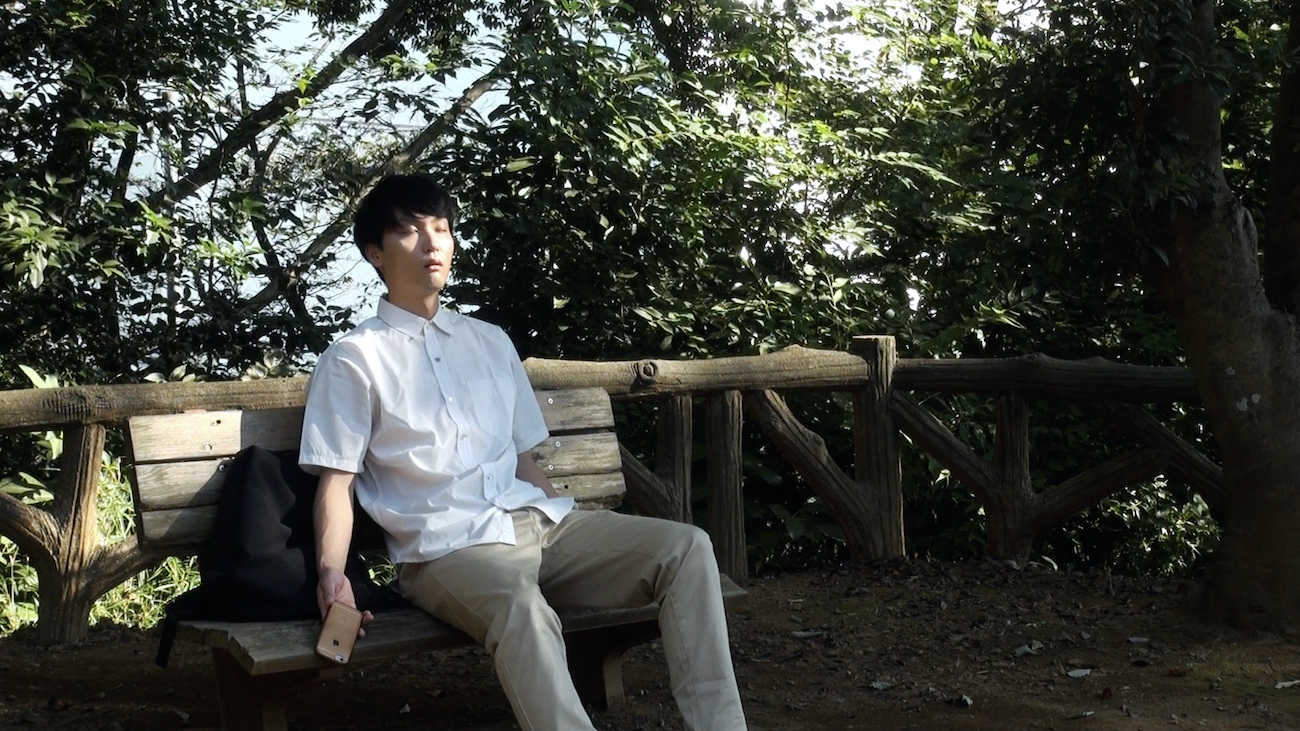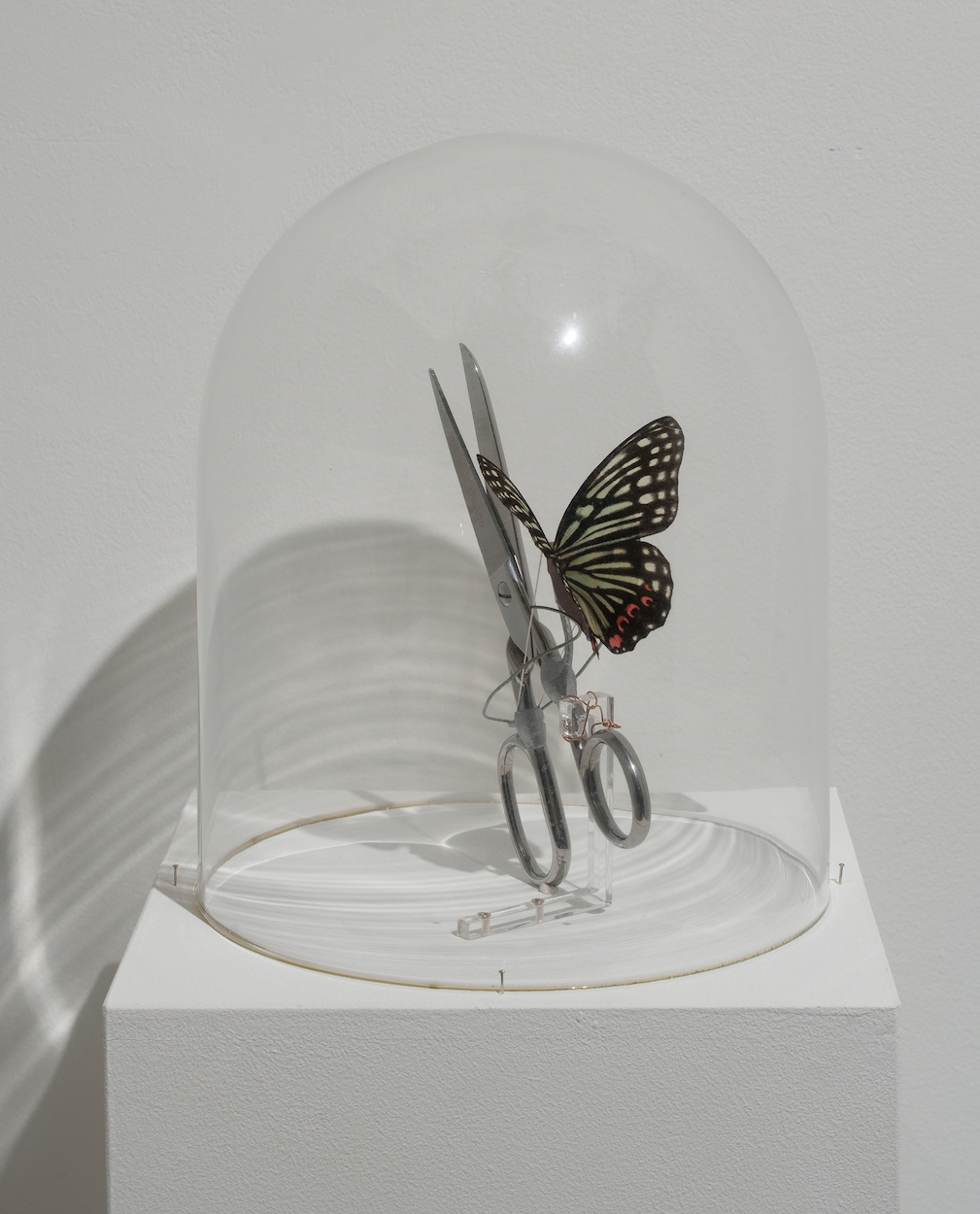大学生くらいの青年が木陰で昼寝をしていると、一匹の蝶が飛んでくる。蝶は辺りを自由に飛び回るが、いつの間にか蝶とハサミを組み合わせたような物体に変身している。この物体(「butterfly scissors」と呼ばれる)は、ハサミの刃をチョキチョキと動かすと、同時に蝶が羽ばたくように作られている。この「butterfly scissors」が、寝ている青年の服を切り裂き始める。蝶が可憐に羽ばたくと同時に、青年の服が乱暴に切り落とされていく。
荘子の『胡蝶の夢』を思わせる白昼夢のような雰囲気の中、サディズムとマゾヒズム、能動と受動が混在する効果をねらう。 オノ・ヨーコの作品『Cut Piece』も参照している。
A young man of about college age is napping in the shade of a tree, and a butterfly is flying by. The butterfly flies freely around the area, but before long, it transforms into an object that resembles a combination of a butterfly and a pair of scissors. This object (called "butterfly scissors") is simply crafted so that when you make the blades of the scissors move in a chopping motion, a butterfly flutters its wings at the same time. These "butterfly scissors" begin to cut through the sleeping man's clothes. The butterfly flutters daintily, and at the same time, the clothes are being cut off roughly.
The artist seeks to create an effect that mingles sadism and masochism, active and passive, in a daydream-like atmosphere reminiscent of Zhuangzi*1’s “The Butterfly Dream”*2. He also makes reference to Yoko Ono’s work “Cut Piece”.
*1 Zhuangzi : An influential Chinese philosopher who lived around the late fourth century B.C. He is credited with authoring a work known by his own name, the Zhuangzi, which is one of the foundational texts of Taoism. His philosophy, based on the principle of "naturalness without artifice,” insisted on a return to nature.
*2 Zhuangzi’s “The Butterfly Dream” : This is a discourse by Zhuangzi on whether the dreamer's self is reality, or reality is more of a dream. It is generally well known as a discursive tale in which Zhuangzi's ideas are prominently expressed, and is considered one of his representative works.
The Butterfly Dream
2022 single channel video with sound, 4min.36sec.
Installation photo by Shintaro Yamanaka (Qsyum!)
The Butterfly Dream(trailer) → https://vimeo.com/906953506?share=copy

